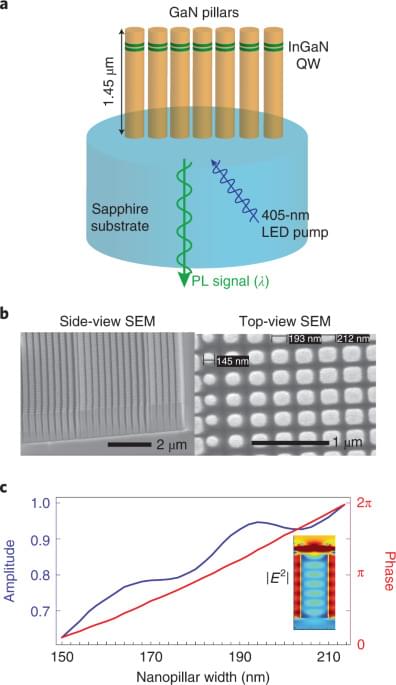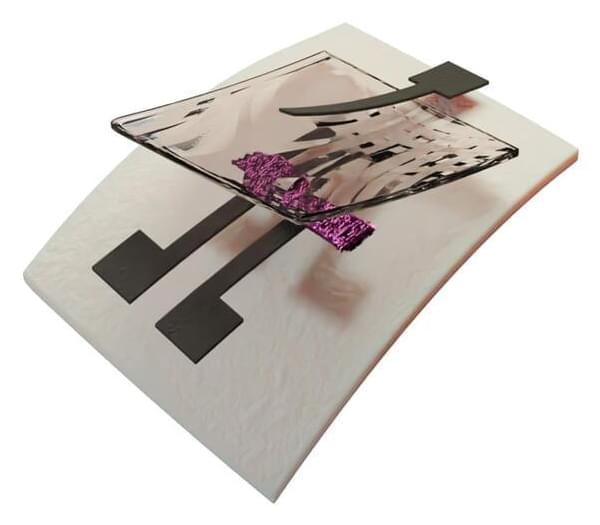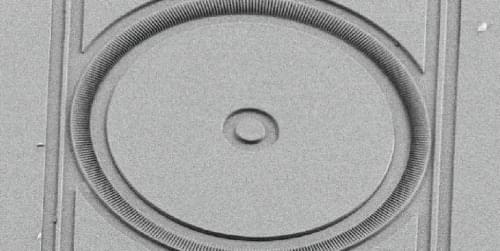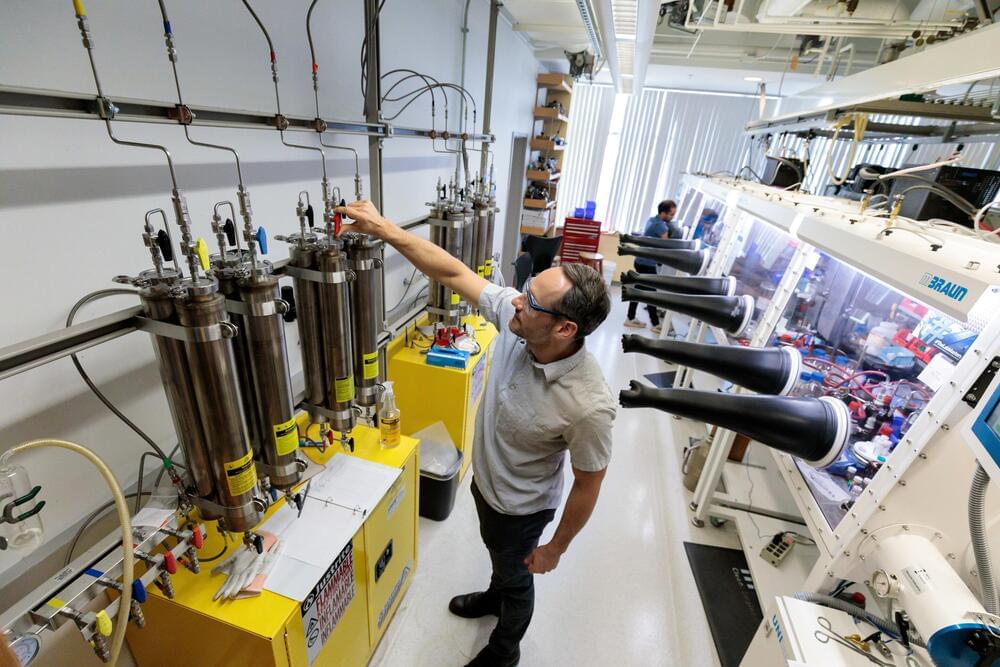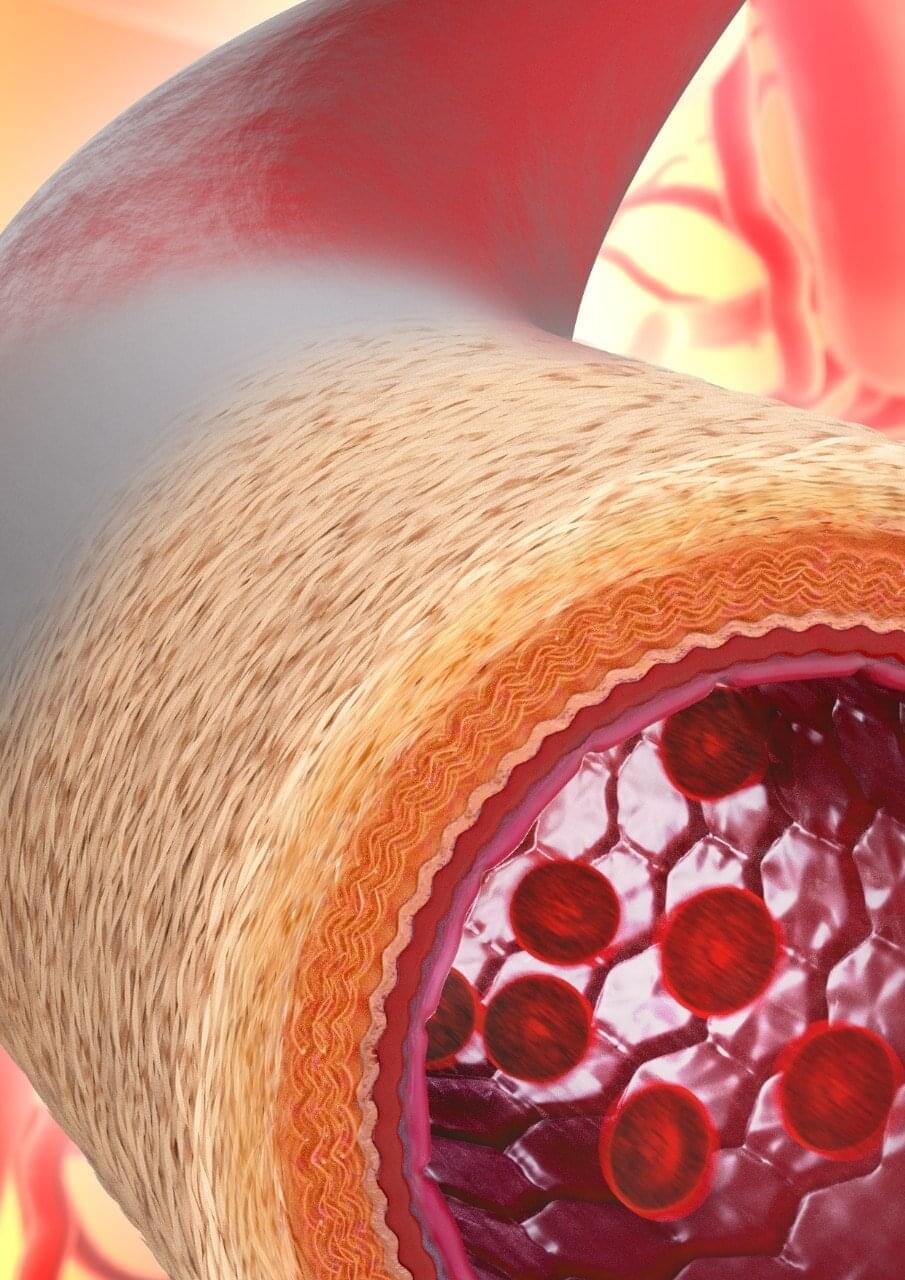When we encounter metals in our day-to-day lives, we perceive them as shiny. That’s because common metallic materials are reflective at visible light wavelengths and will bounce back any light that strikes them. While metals are well suited to conducting electricity and heat, they aren’t typically thought of as a means to conduct light.
But in the burgeoning field of quantum materials, researchers are increasingly finding examples that challenge expectations about how things should behave. In new research published in Science Advances, a team led by Dmitri Basov, Higgins Professor of Physics at Columbia University, describes a metal capable of conducting light. “These results defy our daily experiences and common conceptions,” said Basov.
The work was led by Yinming Shao, now a postdoc at Columbia who transferred as a Ph.D. student when Basov moved his lab from the University of California San Diego to New York in 2016. While working with the Basov group, Shao has been exploring the optical properties of a semimetal material known as ZrSiSe. In 2020 in Nature Physics, Shao and his colleagues showed that ZrSiSe shares electronic similarities with graphene, the first so-called Dirac material discovered in 2004. ZrSiSe, however, has enhanced electronic correlations that are rare for Dirac semimetals.


